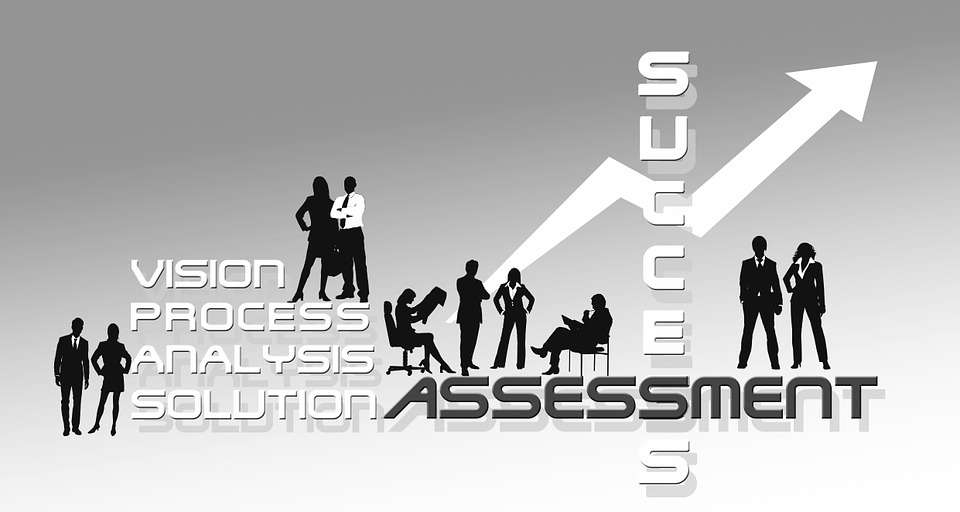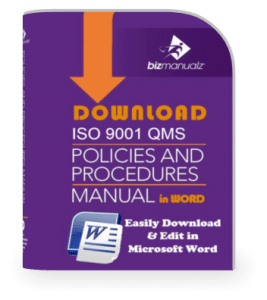How Would You Implement a Quality Management System Complying with ISO 9001?

If a company wants to obtain ‘ISO’ certification, it has to implement a quality management system conforming to ISO 9001. Here are the step to create your management system conforming to ISO 9001.
Creating a Quality Management System

Developing and utilizing the QMS — as well as the subsequent audit — are going to take time and effort. If you’re doing it purely for marketing’s sake, if you think you can knock out a QMS and pass a certification audit in a matter of months…you’re in for a load of grief. You’ll never get a solid quality management system under you AND you’ll never make deadlines, because they’re unrealistic.
First, It is About Customer Focus
If you build ISO 9001 2015 Quality Procedures for a QMS because you want to provide your customers with the best everything — if customers are the reason for everything you do, including the quality management system – you’ll take the time you need to get it right, you won’t set unrealistic goals and deadlines, and you won’t drive yourself crazy trying to figure out why you never meet the customer’s expectations.
Voice of the Customer
You must collect the voice of the customer, the requirements from the customer, and then communicating those customer requirements to design/development, and design/development communicating what they think the customer wants back to the customer for confirmation through verification and validation. Then design/development communicates specifications to purchasing, manufacturing engineering, and quality/testing to ensure it is made as designed.
Next, Communicate with Stakeholders
Keep in mind that a core problem with ISO 9000 implementation is communication. An effective quality implementation is really about effectively communicating with the stakeholders of your organization. You need to identify, meet, or exceed the requirements of customers, suppliers, employees, and management. Internal departments like Quality, sales, marketing, design, manufacturing, accounting, and management must all communicate using the same language.
ISO 9001 is about “Say what you do and do what you say”.
Quality communicates to management via internal audits, management reviews, and quality objectives that the system is capable of consistently reproducing the product or process. The company communicates its consistency to its stakeholders via its quality policy, ISO certification, and management commitment.
When we talk about effective communication, we are talking about a real two-way exchange of information. Both the sender and receiver must be actively engaged and providing feedback for it to be effective. Implement an effective quality management communication system and the savings will be huge.
Management Commitment
Management communicates its quality commitment by allocating budget for continuous improvement using corrective action and preventive action, training, and infrastructure expenditures. Waste is produced as a result of poor communication between one or more of the groups or departments within an organization. Total up the cost of all of your nonconformities, defects, and deviations from plan and you get the cost of poor communications.
This is usually the top Management that is responsible for managing the ISO QMS needs to have a fairly high level of authority in an organization. They need to be able to make decisions, apply resources, and implement changes in the organization related to the QMS without having to seek permission or feel that they are overstepping their authority. The QMS touches many disparate facets of an organization. Someone in a low position of authority will not be able to effectively implement and manage the QMS.
The top management needs to be someone in a secure position in the organization who feels they can tell the truth to higher management (General Manager or President in a larger multi-plant organization). That usually means someone at, or near, the top management level. Someone lower in the organization is usually not comfortable telling the truth to higher management (for whatever reason, fear, intimidation, feeling out of place). An ISO QMS that does not have open communication to higher management about its functionality and effectiveness will not truly benefit the organization.
7 Easy Steps to a Quality Management System
- Develop a quality management system (QMS);
- Implement the QMS and collect data;
- Review the data collected and use it to drive improvement;
- After several cycles of the quality management system, you should have an indication of whether it’s working. When you’re sure it is…
- Apply for a certification audit. Your country’s ISO member body should have information on certifying bodies, registrars, etc.;
- A few weeks after you’ve been through the audit, the certification auditor will tell you if you passed (or if you didn’t, where you were weak and need improvement). If you passed, ring the bell! Have a party! Tell all your friends (Facebook and real), family, and business associates! Your Quality Management System is now ISO certified! And…
- In the event you didn’t pass, make the necessary changes (at the bare minimum) and reapply for a certification audit.
Create a Quality Management System
OK, so they’re not really easy steps…but the concept itself is not complicated. Each of the steps above is broken down into successively smaller pieces (things, activities, people, etc.) but if you start with the “big picture” and keep the big picture handy, you’ll do fine. Refer to it continually as you build. That’s where a lot of companies go wrong — they focus on just one part of the whole story as if that were the whole story.















